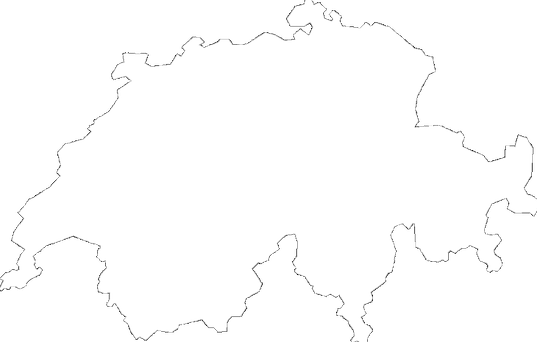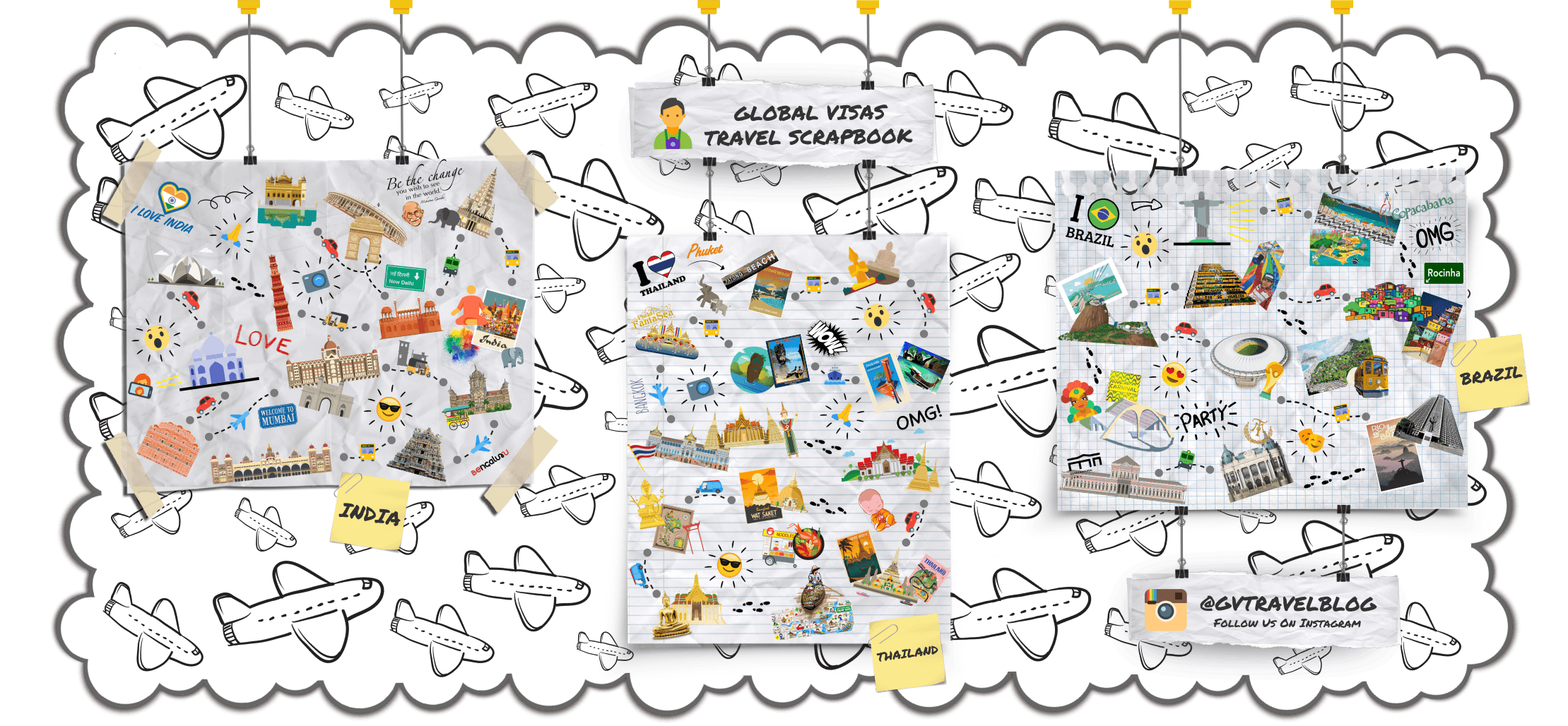EAT:
While Switzerland has had long culinary exchange with the cuisine of its neighbours, it has several iconic dishes of its own.
Switzerland is famous for many kinds of cheese like Gruyère, Emmentaler (known simply as “Swiss cheese” in the U.S.), and Appenzeller, just to name a very few of the about 450 kinds of cheese of Swiss origin. Two of the best known Swiss dishes, fondue and raclette, are cheese based. Fondue is a pot of melted cheese that you dip pieces of bread into using long forks. Usually fondue is not made of one single type of cheese, but instead two or three different cheeses are blended together with white wine, garlic and kirsch liqueur with regional variations. The most popular blend of cheese varieties is called moitié-moitié and consists of equal parts Gruyère AOP and Vacherin Fribourgeois AOP. Traditionally fondue is eaten during cold periods at altitude with one pot for the whole table, served with hot black tea and hardly any additional side dishes – not surprising, since it used to be a cheap and often the only dish for a herdsman high up in the mountains far away from civilization with only basic equipment. However you can now get fondue for one person during the summer time in tourist-oriented restaurants. Another cheese dish, raclette, is made by heating a large piece of cheese and scraping off the melted cheese, which is then eaten together with boiled potatoes and pickled vegetables. Cheese-lovers should also try Älplermakkaronen, Alpine herdsmen’s macaroni with melted cheese and potato served with apple compote which is another very simple but very tasty dish originally from central Switzerland.
Another typically Swiss dish is Rösti, a potato dish quite similar to hash browns. Originally, it is a dish from German-speaking Switzerland, and it gives its name to the colloquial political term Röstigraben (lit.: Rösti ditch) which refers to the quite different political preferences and voting habits of the German-speaking and the French-speaking part of Switzerland.
Probably the best known meat dishes are the incredibly common sausage known as Cervelat, usually grilled on a stick over an open camp fire, and the speciality of region around Zürich, Zürcher Geschnetzeltes (or in the local dialect: Züri Gschnätzlets), sliced veal in a mushroom sauce usually accompanied by Rösti. Very typical for Lucerne is the Luzerner Kugelpasteten (or in the local dialect: Lozärner Chügelipastete), is Brät (less expensive meat, minced, mixed with water and egg) formed as small balls, served in puff-pastry baskets, and poured with a ragout made of meat, agaricus mushrooms and raisins. In French-speaking Switzerland you will find the saucisse aux choux and saucisson vaudois and around Basel the liver dish Basler Leber(li) (or in the local dialect: Baasler Lääberli). Bern is known for the Berner Platte (lit.: Bernese Plate), a dish comprising various pork products, boiled potatoes, Sauerkraut (cabbage), and dried beans, besides others. This was traditionally an autumn dish, since the slaughter historically used to happen when weather was cold enough again to prevent any spoiling of the meat. The slaughter season and their dishes are called Metzgete in the German part of Switzerland and is still prominent on the menus of rural restaurants during this season.
If you instead prefer fish to meat, Swiss restaurants often serve the freshwater fish found in the many rivers and lakes. The most common fish dishes among the 55 kinds of Swiss fish include trout, European perch, or the whitefish known as (Blau-)Felchen, corégone/féra, or coregone blaufelchen respectively, cooked in a variety of ways. However, you will also find many imported fish on Swiss menus, since the domestic business (fished or bred) can never fulfill the strong demand for fish. Also, because the fish haul has become about a third smaller than 30 years ago, exclusively due to the much better quality of water nowadays; from this point of view, Swiss water is too clean!
In autumn, after hunting season, you will find many fabulous game and mushroom dishes. Many traditional game dishes come with Chnöpfli (lit.: diminutive of knobs; a soft egg noodle), red cabbage or Brussel sprouts, cooked pears and are topped with mountain cranberry jam. However, nowadays the game (venison, roe, chamois, boar, rabbit) mainly originates from farms in order to fulfill the high demand.
The mountain region of Graubünden has a distinctive culinary repertoire, including capuns (rolls of Swiss chard filled with dough and other ingredients), pizokel dumplings, the rich and creamy barley soup Gerstensuppe, and a sweet dense nut pie called Bündner Nusstorte. Also from this region is a thinly-sliced cured meat known as Bündnerfleisch. Most mountain areas in Switzerland produce their own cured and air-dried meats and salamis which are highly recommended.
The canton of Appenzell in eastern Switzerland is known for various sausage dishes, including Appenzeller Siedwurst and Appenzeller Bauernschüblig. Another favorite meat delicacy are Appenzeller Mostbröckli, a type of spiced, cured and smoked beef. The local cheese is branded as Appenzeller Käse and is supposedly made from a secret recipe. On the sweet end of the spectrum, Appenzeller Bärli-Biber is a soft gingerbread with an almond filling, and Landsgmendchrempfli is a sugar and egg based pastry filled with hazelnut paste.
It is very easy to come by high-quality Italian cuisine in Switzerland, but when in Italian-speaking Ticino be sure to try the local specialities based around polenta (a corn dish), risotto (the rice of the same name is exclusively cultivated in Ticino and northern Italy), and many kind of marroni (chestnuts) dishes in Autumn, either as part of a cooked meal, or simply roasted during very cold winter days in the streets, or as a special sweet dessert called vermicelles.
Swiss chocolate is world famous and there is a large range of different chocolate brands.
The well-known breakfast dish Müesli comes from Switzerland, actually originally called Birchermüesli, is well-worth trying – oats soaked in water, milk, or fruit juice and then mixed with yoghurt, fruits, nuts and apple shavings.
Of course, there are many more local and traditional dishes and meals to be found, which can not all be listed. There is a whole site dedicated solely to the Culinary Heritage of Switzerland by canton, though only available in one of the official Swiss languages.
Like most other things, eating out is expensive in Switzerland. One way to reduce food costs is to eat in the cafeterias of department stores such as Coop, Migros, and Manor. These cafeterias are usually considerably less expensive than stand-alone restaurants. Coop and Manor also offer beer and wine with meals while Migros does not. Smaller department store outlets might not have a cafeteria. Kebab shops and pizza restaurants abound in urban Switzerland, and these are often cheap options. In the major cities, more exotic fare is usually available – at a price.
Supermarket chains:
Swiss employment law bans working on Sundays, so shops stay closed. An exception is any business in a railway station, which is deemed to be serving travellers and so is exempt. If you want to find an open shop on a Sunday, go to the nearest big railway station. If a business is a purely family driven business, hence small shops, such as bakeries namely, can also open on Sundays in most cantons.
Swiss supermarkets can be hard to spot in big cities. They often have small entrances, but open out inside, or are in a basement, leaving the expensive street frontages for other shops. Look for the supermarket logos above entrances between other shops. Geneva is an exception and you usually don’t have to go very far to find a Migros or Coop.
The most important supermarket brands are:
- Migros – This chain of supermarkets (in fact a cooperative) provides average to good quality food and no-food products and homeware. However, they do not sell alcoholic beverages nor cigarettes. Brand name products are rare as the chain does their own brands (quality is good, which chain that you go to does not matter). Migros stores can be spotted by a big, orange Helvetica letter “M” sign. The number of “M” letters indicates the size of the store and the different services available – a single “M” is usually a smaller grocery store, a double M (“MM”) may be larger and sells other goods like clothing, and a MMM is a full department store with household goods and possibly electronics and sporting goods. Offers change weekly on Tuesdays.
- Coop – Also a cooperative. Emphasis on quality as well as multi-buy offers, points collection scheme(s) and money off coupons. Sells many major brands. Come at the end of the day to get half-priced salads and sandwiches. Coop City is usually a department store with a Coop grocery store inside, a multi-floor layout provides space for clothing, electrical items, stationary, paperware as well as beauty products and perfume. Offers change weekly (some exceptions – fortnightly), on Tuesdays.
- Denner – A discount grocery store, noticeable for their red signs and store interiors. Relatively low priced. Offers change weekly, usually from Wednesday. Denner was bought by Migros in late 2006, but will not be rebranded at present.
- Coop Pronto – a convenience store branch of Coop, usually open late (at least 20:00) seven days a week. Usually has a petrol, filling-station forecourt.
- Aperto – also a convenience store, located in the railway stations. Bought by Coop in 2016, now sells more or less the same products as Coop Pronto.
- Manor – the Manor department stores often have a grocery store on the underground level.
- Globus – in the largest cities the Globus department stores have an upscale grocery store on the underground level.
Coop offers a low-price-line (Coop Prix-Garantie) of various products and in Migros you can find the corresponding “M-Budget” products. Sometimes it’s exactly the same product, just for cheaper price. They also offer cheap prepaid mobiles some of the cheapest call rates.
The German discounters Aldi and Lidl are also present in Switzerland. The prices are a little lower than at the other supermarket chains, but still significantly higher than in Germany.
DRINK:
Virtually all tap water – including that in households or hotel rooms – is perfectly drinkable, thoroughly and frequently monitored, and of excellent quality. About 85% of Swiss residents drink tap water daily; there is no need to buy drinking water. There are many drinking water fountains to be found, especially in towns and villages, e.g. in Zurich more than 1200, or in Basel about 170. The few exceptions, such as in train toilets, are clearly signed with “Kein Trinkwasser” (German), “Non potable” (French), or “Non potabile” (Italian). Temporarily installed troughs on mountain meadows used to water the cattle are also not suitable for drinking.
Soft drinks in supermarkets are one of the few things that aren’t notably more expensive than elsewhere in Central Europe. Local specialties are the lactose-based soft drink Rivella and the lemon-flavoured Elmer Citro.
Switzerland produces a surprisingly large amount of wine, with the climate and soil well-suited to many grape types. Very little of this wine is exported and is very reasonably priced in the supermarkets, so it is well worth trying! The Lake Geneva region is particularly famous for its wines, and the picturesque vineyards are worth visiting for their own right. However, wines are made throughout the country in Valais, Vaud, Ticino, Neuchâtel, the Lake Biel region, Graubünden, Aargau, Thurgau, Schaffhausen and even on the hills around Zurich and Basel – why not try a glass from your next destination?
Unfortunately, all the major Swiss beer breweries have lost their Swiss origins because they have been acquired by major international corporations (e.g. Feldschlösschen belongs to Carlsberg, Eichhof and Calanda Bräu belong to Heineken). As a consequence, many other still Swiss breweries (e.g. Löwenbräu was taken over by Hürlimann, Hürlimann was taken over by Feldschlösschen, Warteck Bier and Gurten Bier was integrated into Feldschlösschen, Cardinal was taken over by Feldschlösschen-Hürlimann, now Carlsberg; Ziegelhof was aquired by Eichhof, Haldengut was integrated into Calanda Bräu, now Heineken) were consolidated and further closed due to too weak economics strength. But as a kind of constructive protest, many small, local breweries with new beers emerged around and after the turn of the millennium. Contrary to the vehement recommendations of economists at the time, this was a great success because many Swiss turned their backs on the big breweries, but also many of these local, small breweries simply brew the better beer. If you find the beer at Coop, you can assume that it no longer belongs to the young wild enterpreneurs. Ask a local which beer is good, but not an expat!









